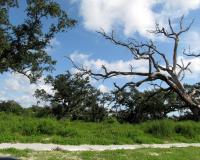
Vibrant Environment
Environmental Justice
All | Biodiversity | Climate Change and Sustainability | Environmental Justice | Governance and Rule of Law | Land Use and Natural Resources | Oceans and Coasts | Pollution Control

Passed on August 16, 2022, the Inflation Reduction Act commits nearly $370 billion in direct investment to address climate change and energy production.

An explosion of monitoring technologies, big data, expanded analytical abilities, and other technologies raises the possibility, albeit with caveats, that technological developments can help solve long standing environmental justice challenges. At ELI’s 7th GreenTech webinar on July 29, 2021, “Technology and Environmental Justice,” experts discussed how technology could play a role in key policies and programs.

The Biden Administration recently finalized the first phase of a two-part rulemaking process to reverse some of the Trump Administration’s revisions to CEQ rules for implementing NEPA. In mid-April, ELI hosted a panel to discuss how these new rules might alter federal agency reviews of climate change and environmental justice impacts.
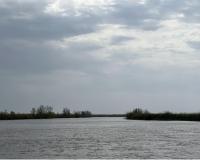
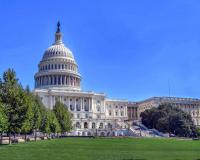
This is the second of a two-part series of blog articles discussing CERCLA and environmental justice. Read Part I here.
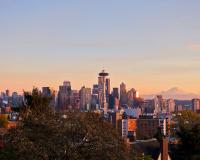
This is the first of a two-part series of blog articles discussing CERCLA and environmental justice. Read Part II here.
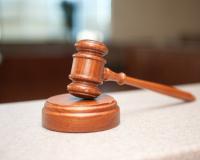
In January, ELI held the first CLE webinar in the new Pro Bono Clearinghouse series, “Community Lawyering for Environmental Justice Part 1: Key Concepts, Skills, and Practice-Oriented Specifics.” The public webinar brought together an engaging panel of justice-oriented attorneys to meaningfully discuss community lawyering.
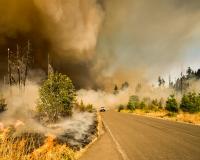
Part 1 of this two-part blog series provided a background on climate change and internal displacement and underscored the need to develop equitable climate programs. Part 2 provides policy recommendations for the federal government to proactively address the challenges of climate-related displacement.

Climate change-related stressors are expected to drive the displacement of an estimated 200 million people by 2050. Meeting the needs of millions of cross-border climate migrants is a pressing concern at every level of governance. Although President Joseph Biden’s Executive Order No.
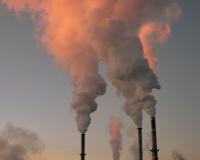
Shortly after taking office, President Joseph Biden released Executive Order No. 14008, Tackling the Climate Crisis at Home and Abroad.